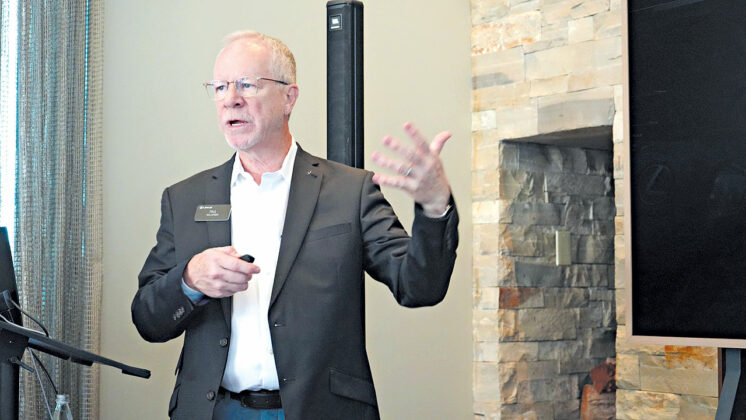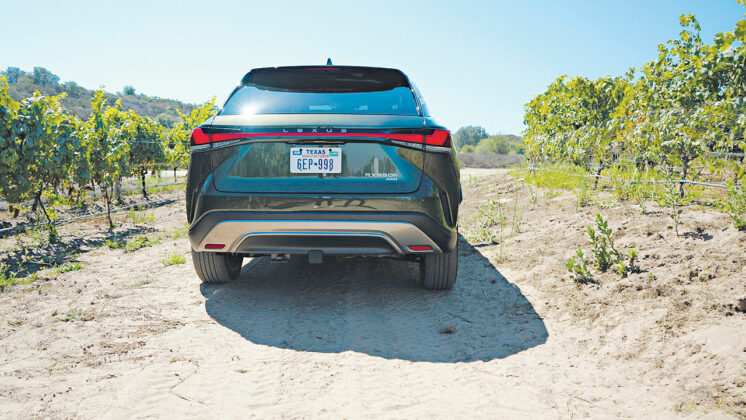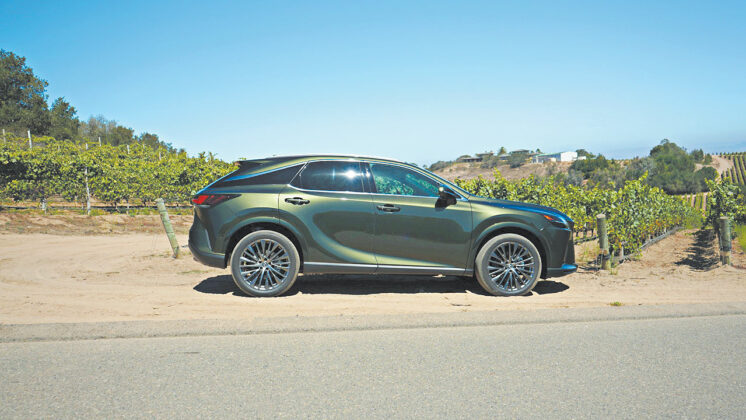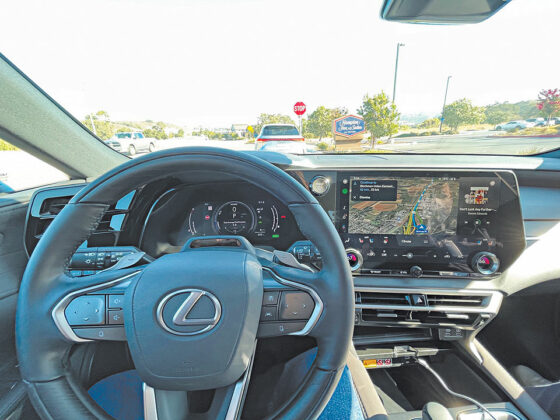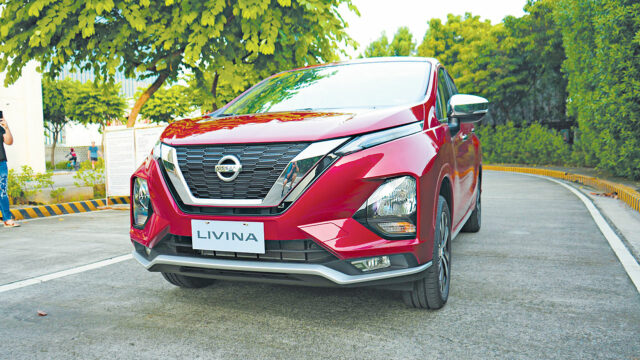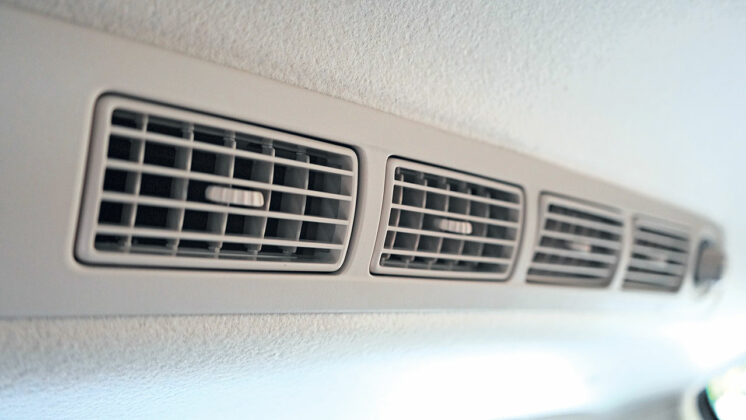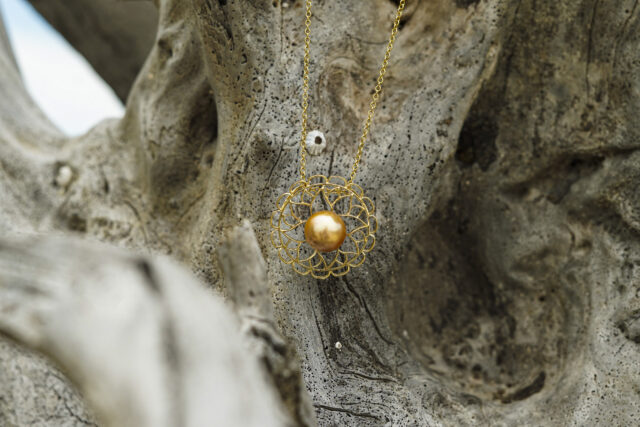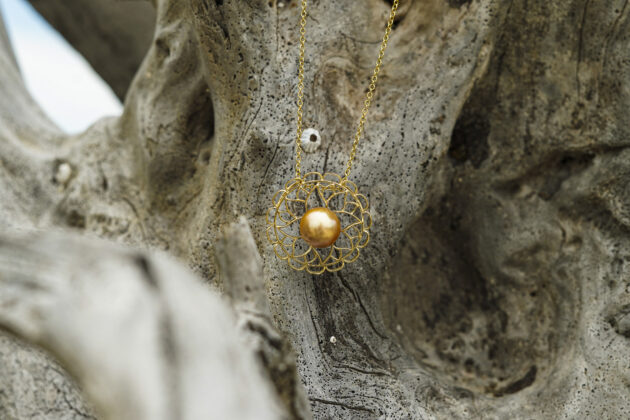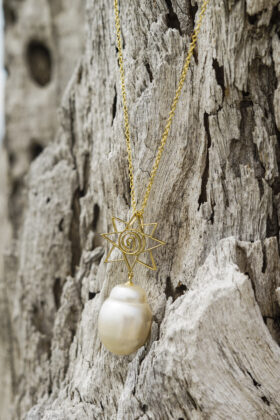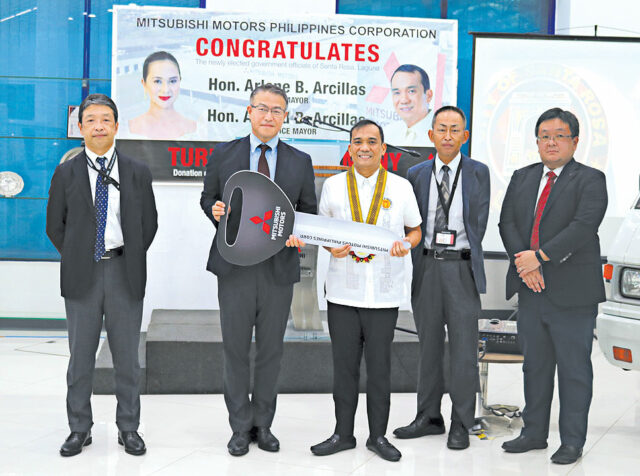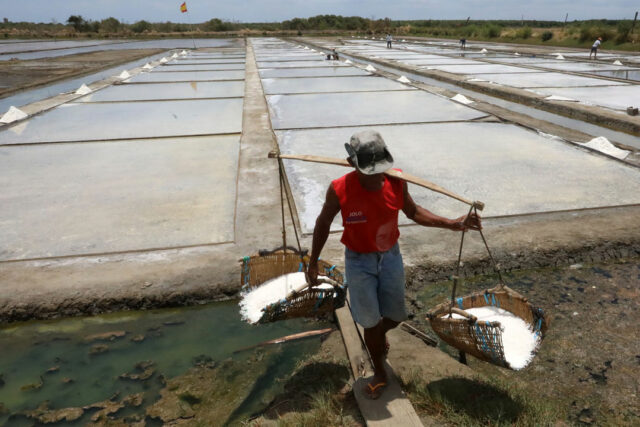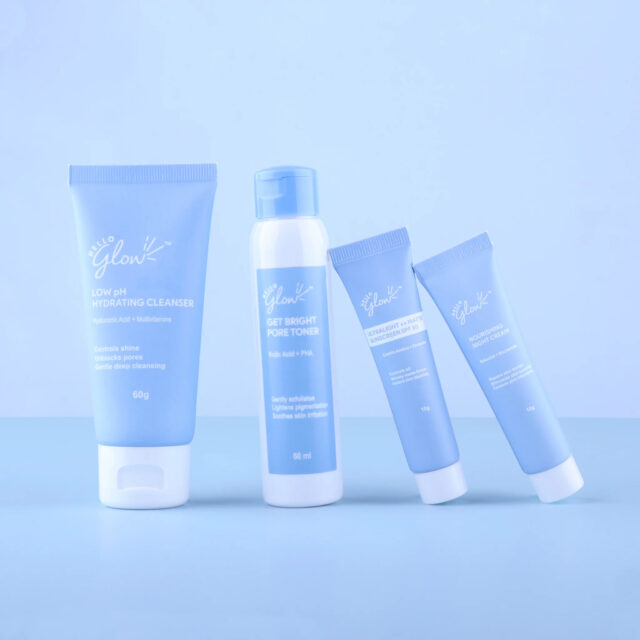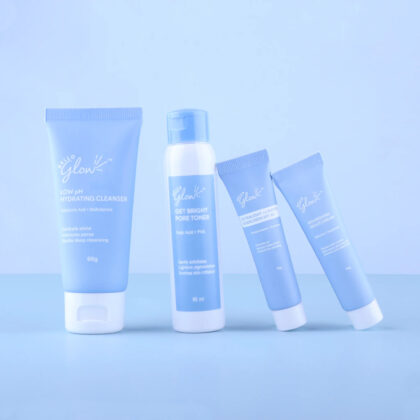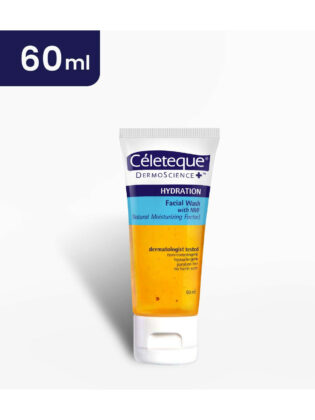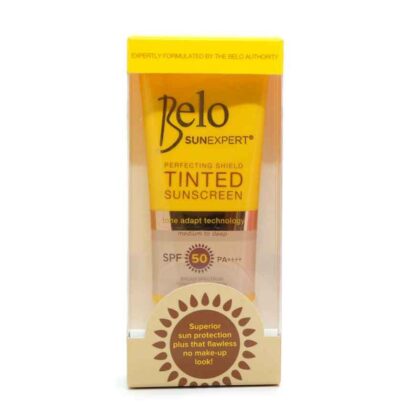Marcos’ independent foreign policy push faces test with IPEF
By Kyle Aristophere T. Atienza, Reporter
THE LEVEL of the Philippines’ participation in the Washington-led Indo-Pacific Economic Framework (IPEF) would be a litmus test for the Marcos administration’s independent foreign policy push, according to experts.
It would also determine the extent of the Philippine leader’s protectionist bent, they said.
“It will be an indicator of to what extent our government has a genuine economically independent policy,” academic Hansley A. Juliano, who has written on global political economy, said in an e-mail.
“Can they play that balancing act because their masters are ultimately the Philippine state’s interest?” he asked. “Or are they already neocolonial subjects of either the US or China anyway?
Reuters reported last week that the first IPEF talks included ministers from the Philippines, Australia, Brunei, Fiji, India, Indonesia, Japan, South Korea, Malaysia, New Zealand, Singapore, Thailand, and Vietnam. Along with the US, these countries account for 40% of the global economic output.
During the meeting, ministers agreed on a set of negotiating targets covering digital trade, supply chains, decarbonization and other issues.
The IPEF is seen as the US’ latest attempt to counter China’s growing economic influence in the Indo-Pacific region.
Mr. Juliano said it has been a “norm” for most middle-income countries like the Philippines to participate in multiple international frameworks and agreements to avoid geopolitical tensions.
“Even the ones with most connected economic ties to mainland China, such as Thailand, Vietnam, Cambodia and Lao, have ties on both sides of the US-China competition. The only real concern is what industries are covered in any deal or agreement,” he said.
The US-led trade engagement has already angered China, with Chinese newspaper Global Times saying IPEF excluded a “country ubiquitous in industrial chains.”
“Certainly, Beijing can be expected to undertake its own international charm offensive on trade, whether through the Belt and Road Initiative or through bilateral mechanisms with other countries,” said Terry L. Ridon, a public investment analyst, via e-mail.
Given China and the United States’ geopolitical objectives, the Marcos government should not choose any side but deal with them on the basis of their deliverable economic commitments to Manila.
“We can expect Manila to participate in the IPEF without playing a leading role, to balance its relations with both US and China,” Mr. Ridon said. “Manila does not need to take sides in the geopolitical divide.”
Joseph F. Purugganan, program director of research group Focus on the Global South, said the US-backed framework, which is also supported by Japan, would be unlikely to push China to offer more concessions to the Philippines and other allies.
“China understands the strategic geopolitical and economic game, and it draws on its own strengths to advance its own interests in the region,” he said in an e-mail.
“What I think will happen is that the Philippines will engage both. Marcos will continue to pursue IPEF and will push for the Senate concurrence of the China-backed Regional Comprehensive Economic Partnership (RCEP),” he added.
Earlier this year, the Philippine Senate failed to ratify the RCEP, a free trade agreement involving Australia, China, Japan, South Korea, New Zealand, and Southeast Asian countries.
Trade Secretary Alfredo E. Pascual has said that participation in the RCEP is a government priority, even though Mr. Marcos previously called for a review of the trade pact to ensure adequate safeguards for the agriculture sector.
George N. Manzano, who teaches economics at the University of Asia and the Pacific, said the Marcos government needs to engage local sectors in the IPEF so it can come up with sound decisions.
Mr. Manzano also said it is important for the Philippines to join the framework so it would be at par with other economies. “More markets are part of it and if you don’t participate, they can make rules without your input.”
In scrutinizing the IPEF, the Marcos government should focus more on the country’s best interests instead of the pressures triggered by the US-China competition, said Mr. Purugganan.
“Our negotiations should focus on strengthening our agriculture, manufacturing and services sectors, to make them strong enough to withstand these outside pressures,” he said. “It should also strengthen its capacity to regulate the operations of transnational companies, who are the real drivers of these international agreements.”
Mr. Purugganan noted that geopolitical frameworks and agreements such as IPEF and RCEP “basically advance the interests” of multinational corporations.
“Big trade powers — such as the US, European Union, and China — all advance their own agreements with the rest of the world and these agreements generally follow a template. These are all new generation agreements that go beyond the issue of market access of goods and services, as they cover broad areas of investment, intellectual property, and electronic commerce,” he said.
‘SKEPTICISM’
Not all countries agreed to participate in all IPEF pillars, the New York Times reported.
“When dealing with super powers with strong economic and political agenda, there should always be a large degree of skepticism,” Mr. Purugganan said. “While IPEF is more of a trade partnership framework at this point, that partnership is really defined by US interests.”
He called for a critical review of the IPEF’s four pillars — connected economy, resilient economy, clean economy, and fair economy — and “see what is the interest of the US and its corporations behind these.”
“When you talk of connectivity for example, you know that what is behind that pillar is the US corporate agenda on digital trade. The long view is a digital trade agreement, and the countries in the Indo-Pacific region are prime targets for this agreement.”
Mr. Juliano, meanwhile, said the Philippines should ensure that the US-led trade framework would not hurt local sectors that contribute significantly to the global supply chain, including the semiconductor industry.
Semiconductors accounted for 41.2% or P1.2 trillion of the total goods exported from the Philippines from 2019 to 2021, according to German database company Statista.
Mr. Ridon, the public investment expert, said small economies like the Philippines will find it difficult to participate in international trade “without considering Beijing.”
“Countless products in the domestic market are imported from China, from agriculture and industrial goods to toys and school supplies,” he said.
Mr. Ridon noted that international trade frameworks related to supply chain and decarbonization will be “severely” limited without the participation of China, “which is a central link in the supply chain of various sectors and an important partner in climate change commitments.”
A second IPEF ministerial meeting is expected to be held in early 2023, months before the US-backed Asia-Pacific Economic Cooperation summit in November 2023.






